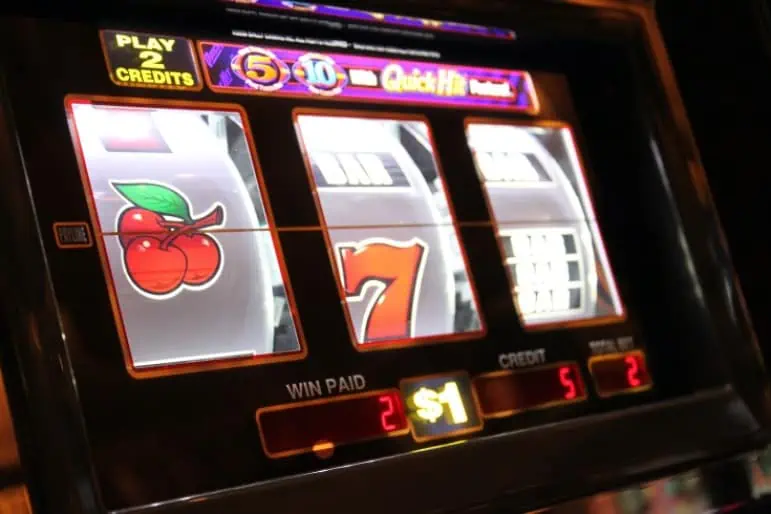Ever wonder why some slot games keep players hooked for hours—while others fizzle out after a few spins? The secret sauce isn’t just flashy graphics or catchy soundtracks. It’s data. Slot developers are mining player behavior like gold, tweaking every detail to maximize engagement. Let’s break down how they do it.
The Data Playbook: What Developers Track
Think of a slot game as a living lab. Every click, spin, and pause generates data points. Developers track metrics like:
- Session length: How long players stay before bouncing.
- Win/loss streaks: Patterns that trigger frustration or excitement.
- Bet adjustments: When players increase or decrease stakes.
- Feature engagement: Which bonus rounds get replayed (or skipped).
- Churn rate: The dreaded moment players ghost the game.
It’s not just about numbers, though. Heatmaps might show where players linger on screens. A/B testing reveals if a purple “Spin” button outperforms a red one. Even tiny tweaks—like the delay between wins—are optimized.
Personalization: The Retention Hack
Ever noticed a slot game suddenly offering free spins after a losing streak? That’s no accident. Developers use predictive analytics to serve up personalized nudges:
- Dynamic difficulty: Adjusting odds subtly to balance wins and losses.
- Tailored bonuses: Sending free chips to players who’ve been idle for 48 hours.
- Themed content: Suggesting pirate-themed slots to a player who binged similar games.
Netflix does this with shows. Slot games do it with reels. The goal? Make each player feel like the game “gets” them.
The Dark Side of Data: When Optimization Feels Manipulative
Not all tactics are player-friendly. Some developers exploit loss aversion bias—designing games to show “near misses” more often. Others use variable rewards (think: slot machines) to trigger dopamine hits. The line between engagement and addiction gets blurry fast.
Regulators are catching on. The UK now bans features like “turbo spin” for high-risk players. Ethical developers focus on transparency—like showing actual RTP (return to player) percentages upfront.
Case Study: How One Game Boosted Retention by 30%
A mid-tier developer noticed players dropped off after Level 20. Data showed the difficulty spiked abruptly. Their fix?
- Smoothed the difficulty curve.
- Added a “mini-celebration” at Level 15 to build momentum.
- Introduced a “save progress” feature for casual players.
Result? Retention jumped almost overnight. The lesson? Friction kills fun.
The Future: AI and Real-Time Adaptation
Soon, slots might morph in real time based on your mood. Imagine:
- Games detecting frustration (via rapid clicks) and offering a calming bonus round.
- AI generating unique storylines for each player’s journey.
- Voice recognition adjusting themes based on casual comments (“I love unicorns!”).
Creepy? Maybe. Effective? Absolutely.
Key Takeaways for Players
Knowing these tricks can make you a savvier player:
- Set limits: Games are designed to keep you playing.
- Check RTP: Not all slots pay out equally.
- Take breaks: Those “almost wins” aren’t accidents.
For developers, the message is clearer than ever: retention isn’t about tricks—it’s about respect. The best games use data to enhance fun, not exploit it.






More Stories
No title found
The History of Gambling Machines
Must-Play Online Slot Games for 2024